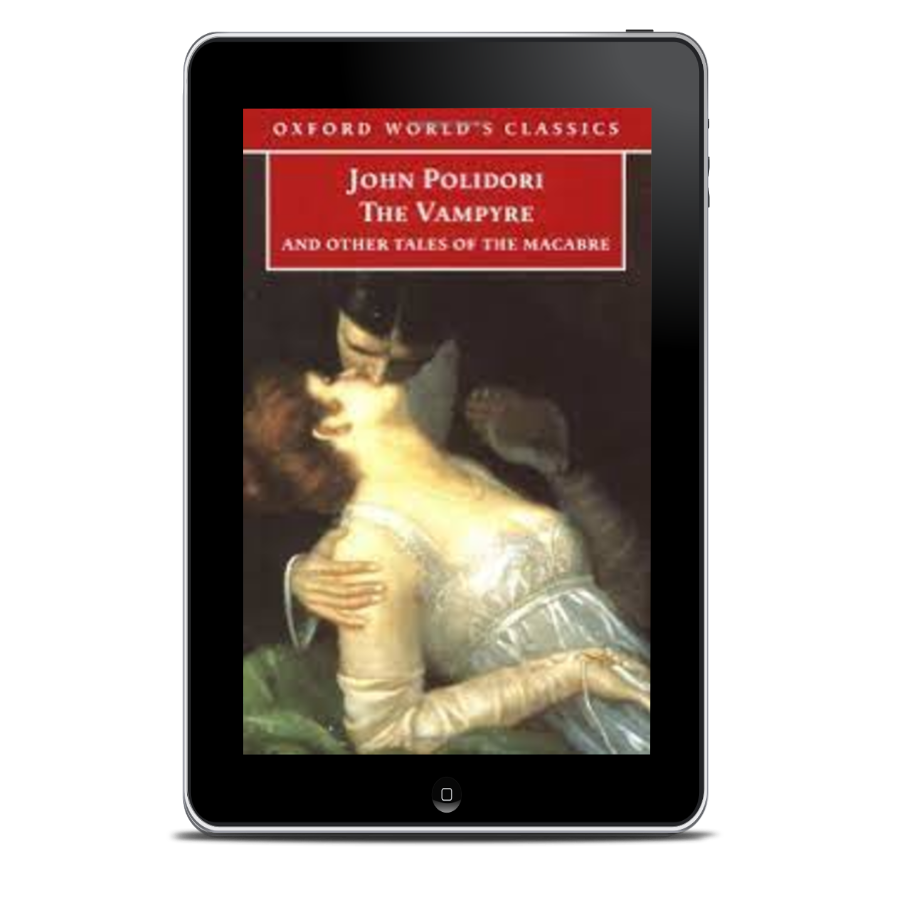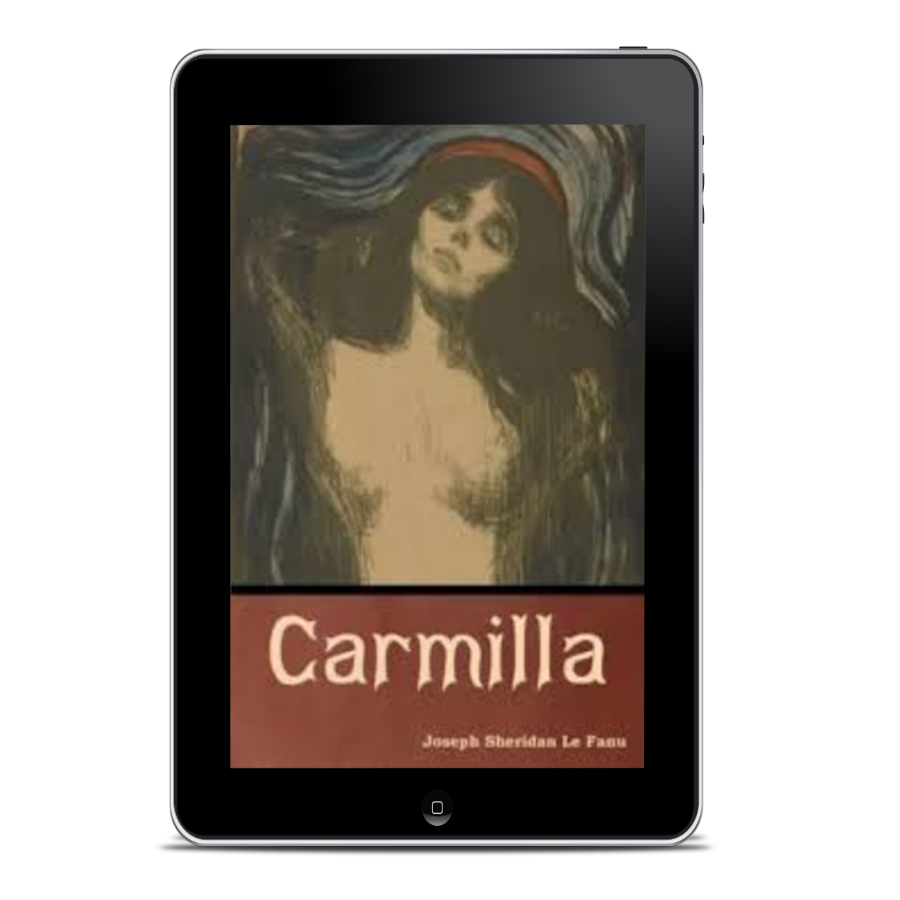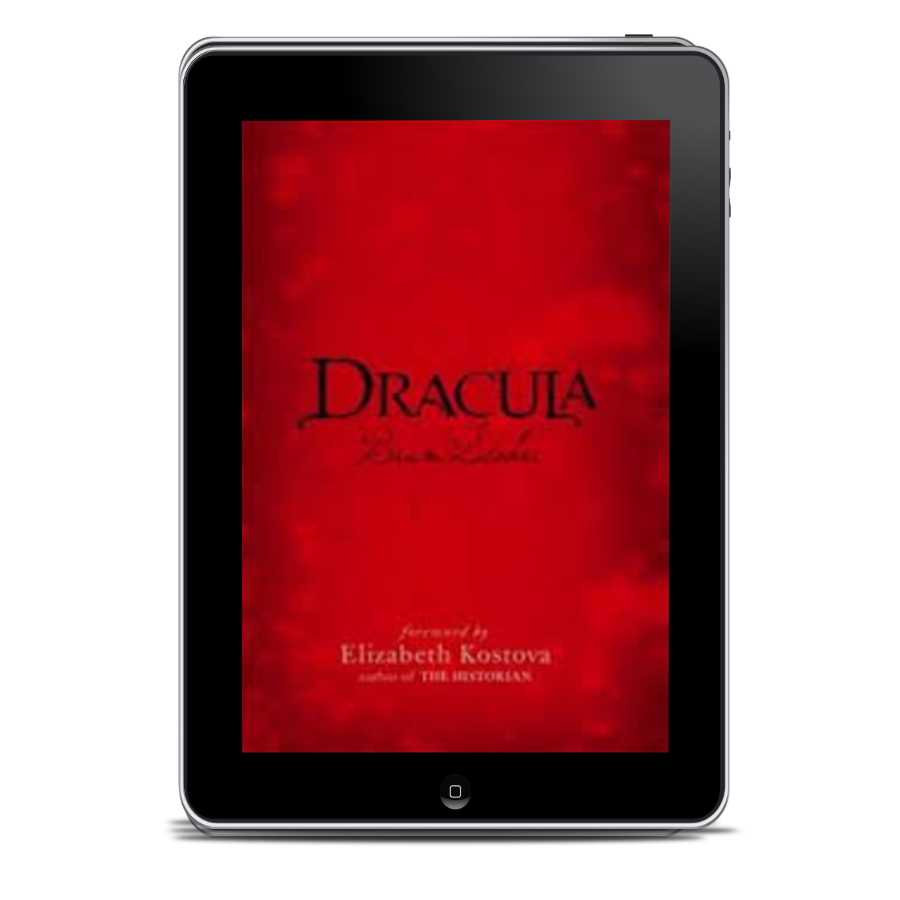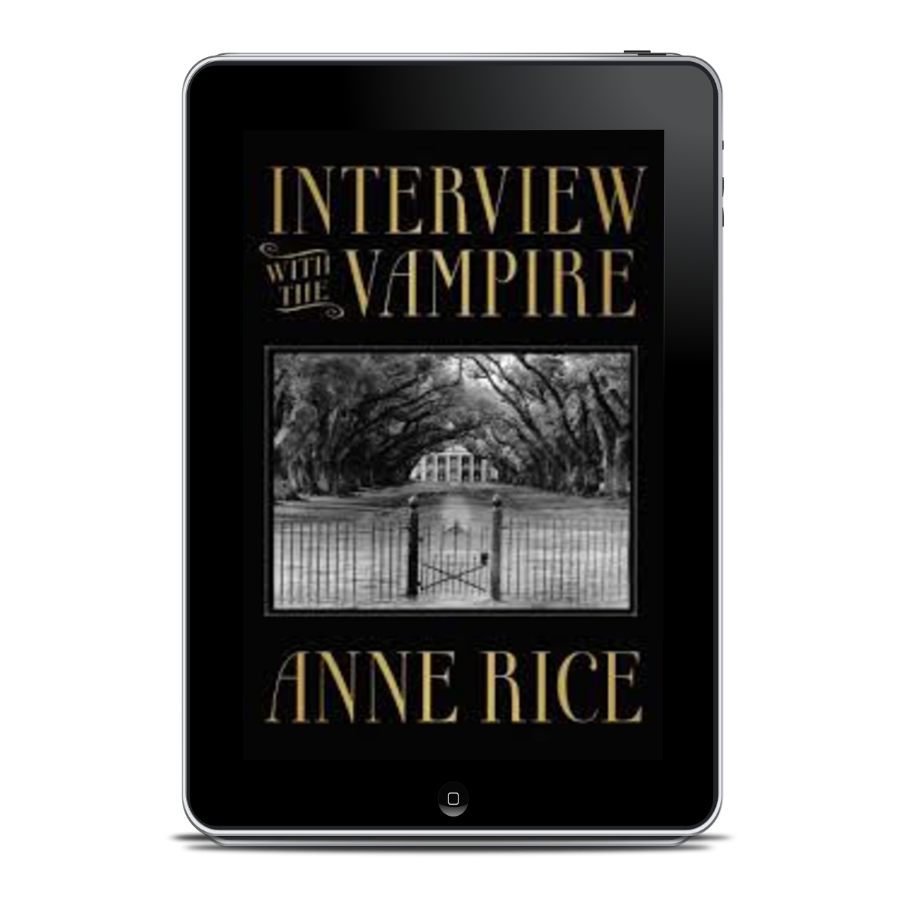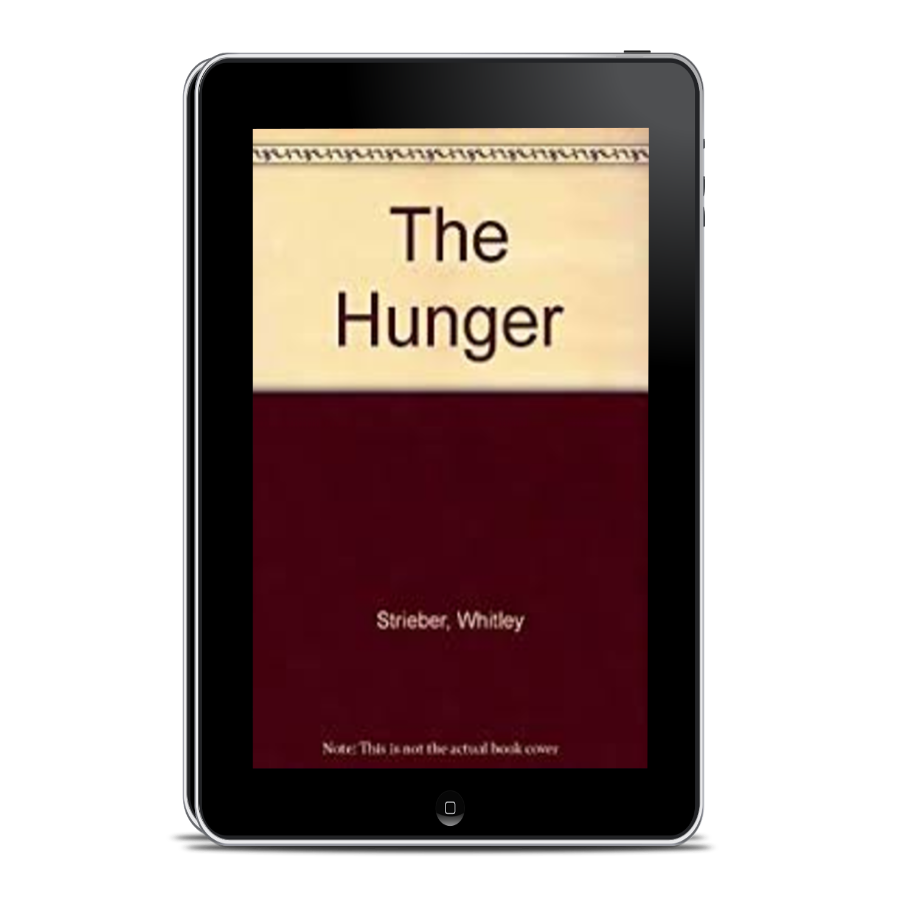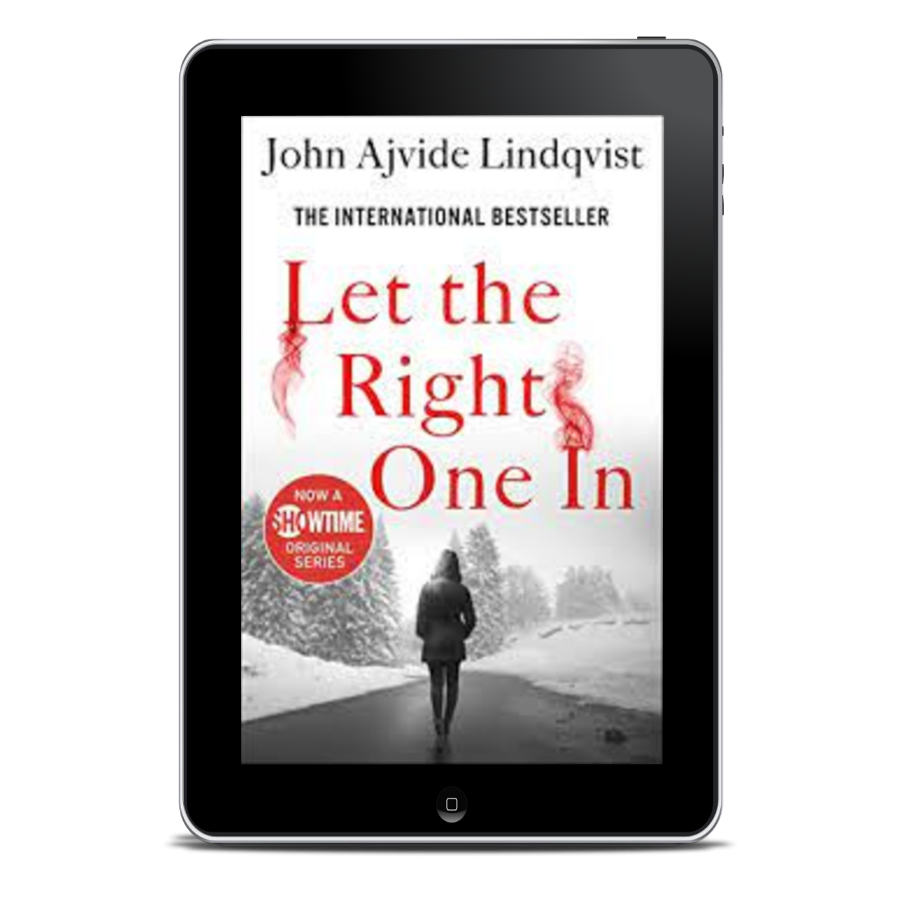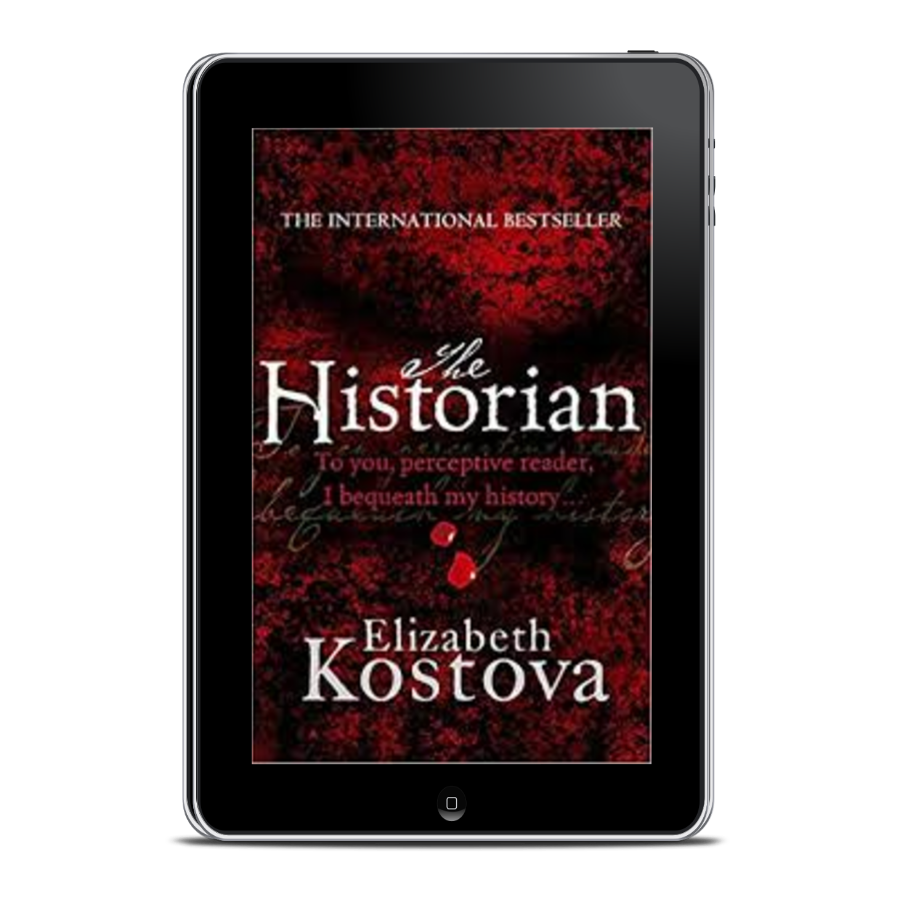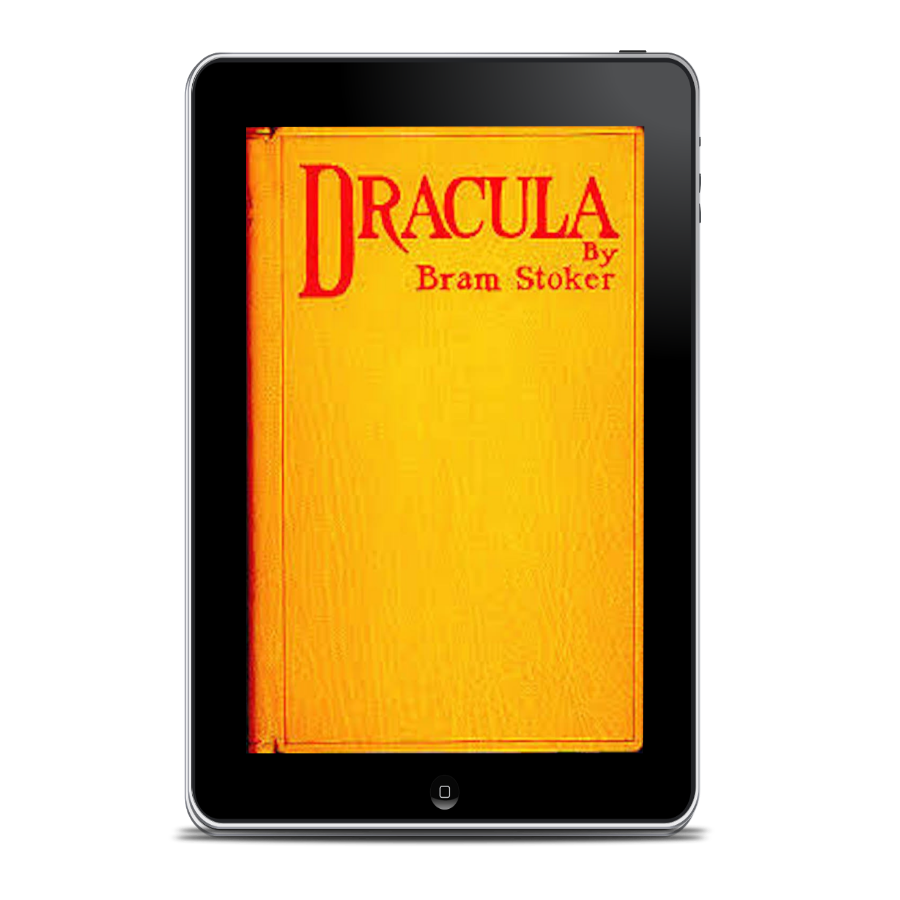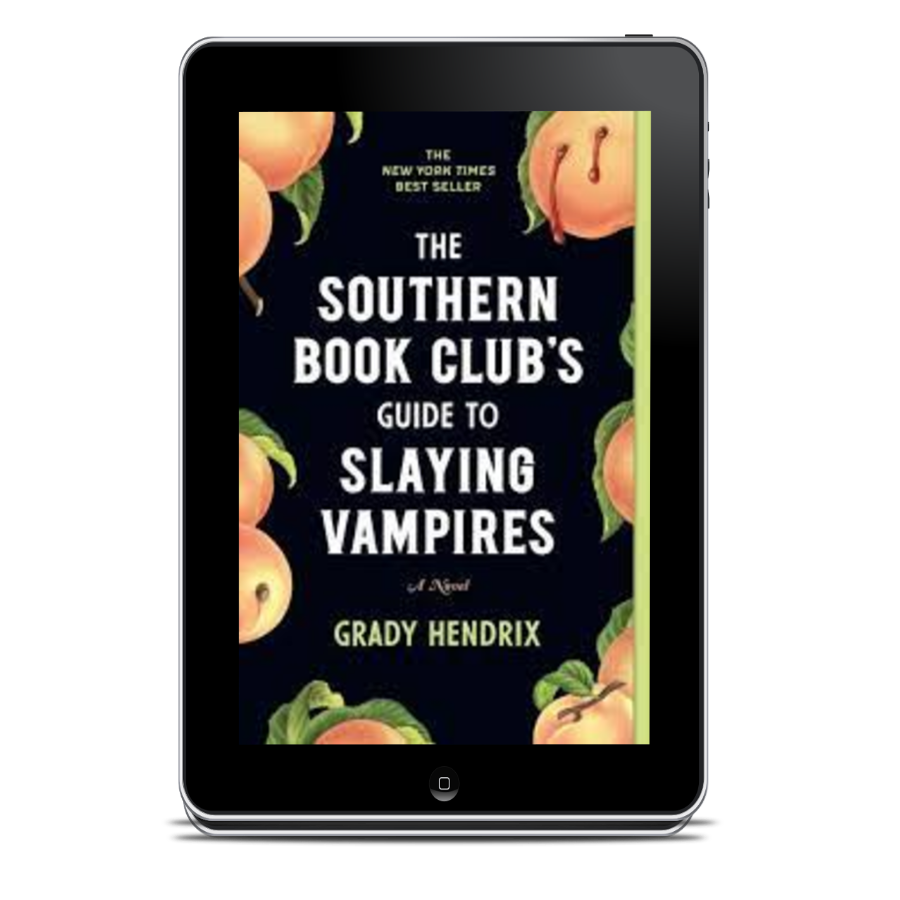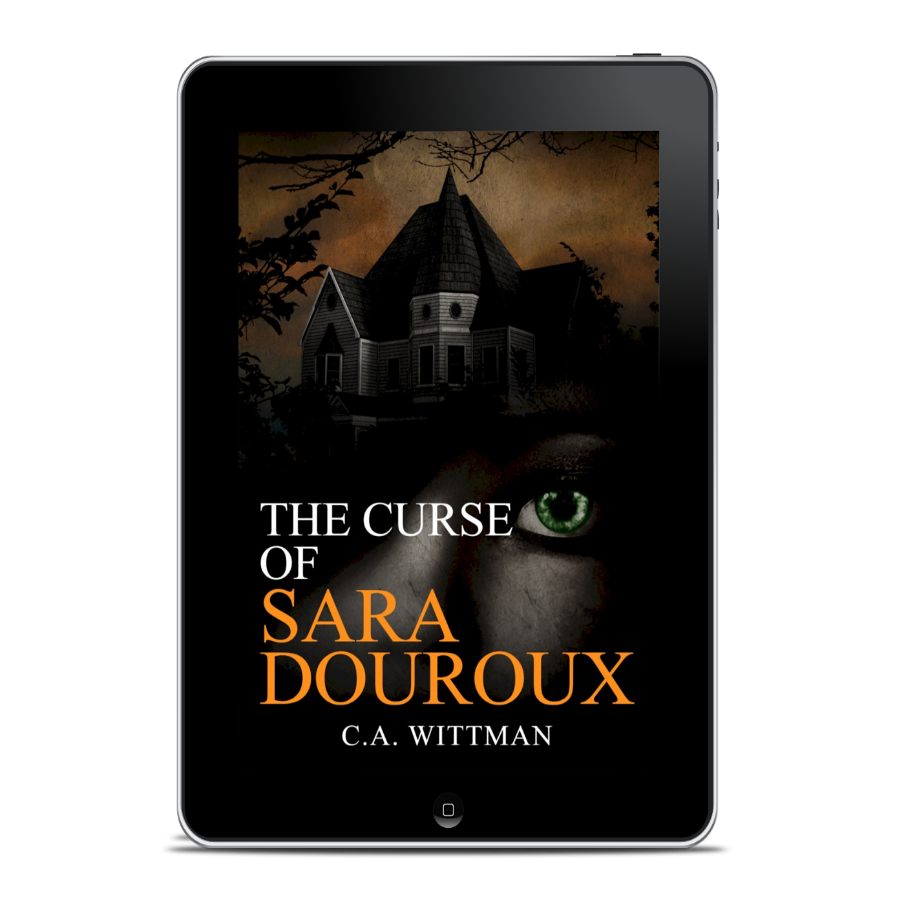Horror That Speaks To The Soul

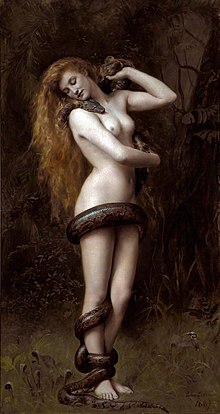
Vampires We Love
The vampire is a horror trope that allows the reader to explore otherness and the shadow side of humanity through the psychological aspects of religion and sexuality.
Vampires challenge morality and pair well with gothic literature where characters are haunted by their past. These elegant monsters often live in gothic-style dwellings, crumbling beautiful mansions or castles, and desolate settings that imbue an eerie charm. Vampires play well with the occult and laugh in the face of science because when wrestling with this monster, logic, and reason will not save you. You will have to first accept the existence of the vampire to battle the seduction of this creature.
These vampire classics embody the gothic and explore themes of Christianity, sexuality, and morality.
Carmilla, a lesbian vampire, highlights queer female sexuality in eighteenth-century Austria. Bram Stokers’s iconic
Dracula contains many allusions to the occult. Reading Dracula, you will see aspects of spiritualism and fascination with the paranormal, which were sweeping through eighteenth-century Europe and America.
The vampire portrayed as a tortured soul.
In Interview With The Vampire, the vampire protagonist, Louis, spends time with a young journalist recounting his life and how he came to be a vampire. Louis embodies melancholy and is plagued by regret and lost love.
The Hunger is the story of an elegant, chic vampire, Miriyam, who struggles to hold onto her once-human lovers. After a period of two hundred years, the power of her blood that runs through their veins loses vitality, and rapid aging sets in. A physician, Sarah Roberts, who has conducted cutting-edge research on aging, has captured the attention of Miriyam.
Let The Right One In takes place in Blackberg, Stockholm, and centers around the relationship between a boy who is mercilessly bullied at school and a vampire child. The novel deals with the issues of alienation, divorce, bullying, and pedophilia.
The Vampire And Setting
In Dracula, the protagonist, Johnathan Harker, a solicitor, takes a trip to Transylvania to engage the business of Count Dracula who has purchased an estate in England. The beauty and wholesomeness of the farmlands that Jonathan captures in his diary are spoiled by the backward superstitions of the villagers who warn him of going to the count’s home, which gives the cozy scene of the village an overlying malaise. The majestic yet ominous mountains and forest where Dracula’s home is situated serve to give an ominous feeling to Johnathan’s journey, which is taking him further into danger. The count regales the solicitor with many stories of his country’s history and the wars that were fought, adding depth and richness to this vampire tale.
The Historian explores how history is preserved in books and examines the conflict of religion, especially between Christianity and Islam. Throughout the novel, there are rich descriptions of settings, particularly the Eastern European countries the protagonist travels through.
The Southern Book Club’s Guide To Slaying Vampires is a southern gothic horror story that takes a tongue-in-cheek look at southern social moors and sexism. The settings come alive in Hendrix’s narration of various locales in the story.
My novel, The Curse of Sara Douroux, takes place in Maui. I use the remote setting of Sarah’s home life to add another dimension to her alienation from her peers and the community as a whole. When strange cousins come to stay, her emotional and physical isolation leaves her vulnerable to the evil that is slowly swallowing up her world.

